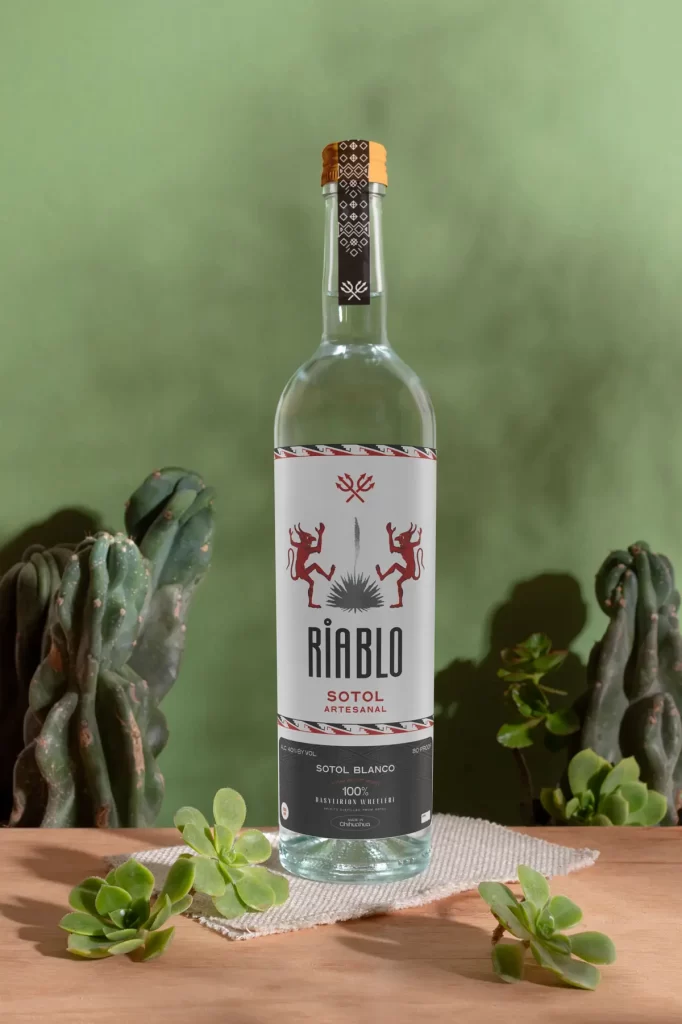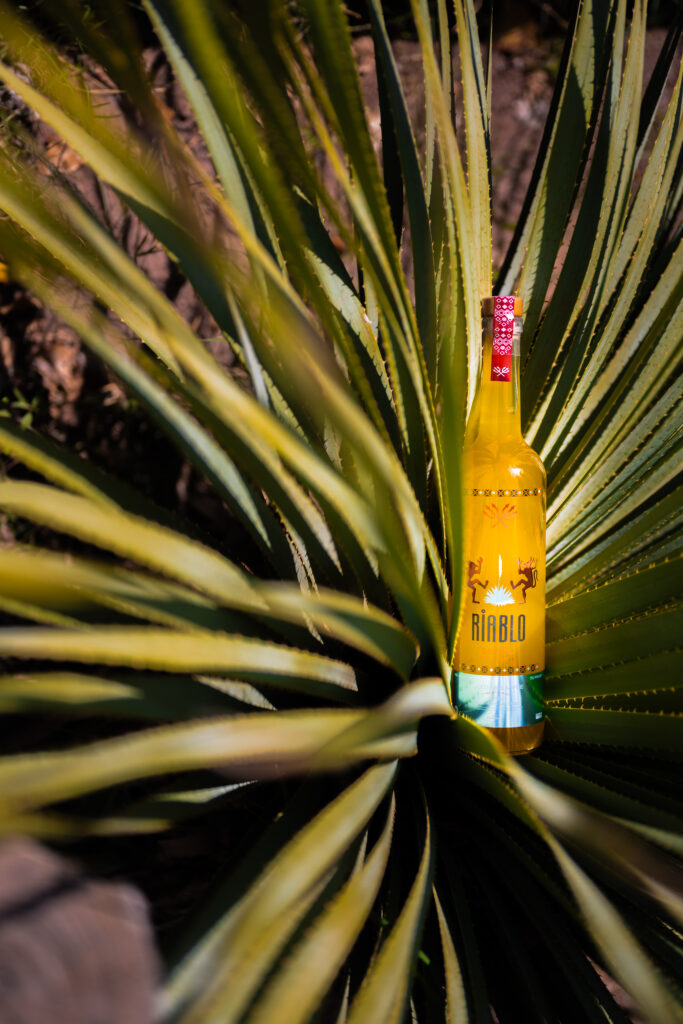
Made in Chihuahua
More than Riablo
The name, Riablo Sotol, comes from the
pronunciation in Ralamuli Raisha (Raramuri
dialect) of the word Devil. In certain
Tarahumara communities the sound of the letter
D does not exist or was added later after the
arrival of the Spanish to northern Mexico; is
Riablo pronounced.
This name is inspired by a game we played when we were younger, in which we had to rescue a prisoner on top of a haystack guarded by the Riablo.
WILD PINEAPPLE
Riablo Sotol has two flavors, Sotol Blanco, which is made with the Dasylirion plant, for those who want to enjoy and taste the natural flavor of sotol. The second, Spiced Pineapple, is mild and slightly sweet, with pineapple flavors with chiltepin chiles. Younger generations are looking for drinks that contain flavors like this, and those drinks have a slightly lower alcohol content.

SMELL:
A light Sui Generis herbaceous odor, particularly coming from the Dasylirion plant.
TASTE:
A sweet and mineral flavor.
TASTE:
Balanced drink with a slightly herbaceous note.
VINATA:
Casa Ruelas.

Why do devils dance?
Dance is the action of dancing, that is, the execution of a movement to the rhythm of music. Based on the dance of the devils, which is performed mainly on November 1 and 2 as part of the celebration of the Day of the Dead in Mexico. It is believed that the devils may represent the spirits of the dead returning to visit their relatives and the altars that were set up for them; while other beliefs point out that devils have an important role as intermediaries between life and death, since they are responsible for protecting the living by preventing the dead from visiting the world on days other than the Day of the Dead.
From this celebration it was decided to create an option with both devils dancing around the sotol plant.
Home

